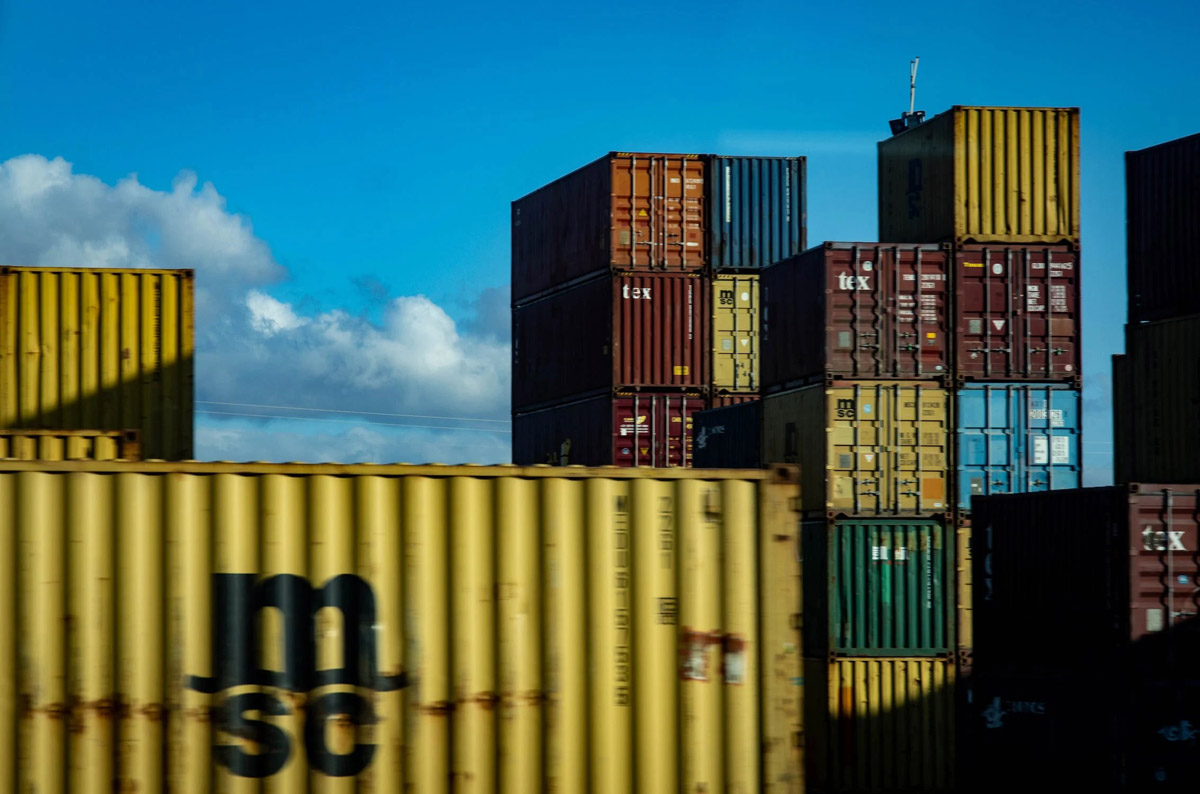
The landscape of logistics in the post-pandemic world has seen immense shifts. From disruptions in supply chains to the rise of new opportunities, the industry has been navigating uncharted territory. From cross-docking practices to outsourcing and IoT implementations, there have been far more stable days. And yet, that’s where opportunities lie, too.
As the world adapts to the aftermath of the pandemic, the logistics sector faces unique challenges and promising prospects. As such, understanding these changes becomes crucial in reshaping how goods are moved and managed globally.
In this blog post, we delve into the challenges and opportunities defining logistics in the post-pandemic world.
Warehousing in the Post-Pandemic Logistics Landscape
Warehousing stands as a linchpin in the post-pandemic logistics landscape, playing a critical role in the flow of goods. Its significance echoes in the face of challenges and opportunities alike, shaping how products reach consumers. According to Logicstics, the demand surge post-pandemic has underscored the need for warehouses to evolve rapidly.
In this regard, technology has been pivotal, with adaptations like automated inventory systems and AI-driven logistics solutions transforming traditional warehousing. These advancements enable streamlined operations, enhancing efficiency and meeting the heightened demand for swift delivery. Yet, the challenge lies in striking a balance between meeting increased demand and optimizing operational processes. Warehousing must navigate this delicate equilibrium to ensure a seamless flow of goods without compromising efficiency.
Nonetheless, the adaptation and integration of cutting-edge technologies within warehouses seems unavoidable. In terms of navigating broader challenges and grasping emerging opportunities, warehousing must adapt to the logistics industry.
Challenges in Logistics in the Post-Pandemic World
Indeed, the logistics sector in the post-pandemic world grapples with multifaceted challenges reshaping supply chains.
For one, supply chain disruptions have surged, including a staggering increase in demand for specific goods. In turn, they’ve been steadily amplifying complexities within the global supply network. Regional lockdowns and restrictions have further compounded these disruptions, accentuating the vulnerability of interconnected supply chains. Concurrently, labor shortages pose significant hurdles, with warehouses facing recruitment challenges amid safety concerns.
Implementing safety protocols while maintaining operational efficiency remains a balancing act, too, crucial for safeguarding workers' well-being. Statistics agree; LinkedIn reports that labor shortages have surged in the logistics sector since the onset of the pandemic.
Additionally, the accelerated need for digital transformation in logistics faces resistance. Technologies like automation and AI do promise efficiency gains but are not yet seeing stellar adoption rates. Overcoming reluctance and integrating these innovations into established systems present formidable obstacles.
Opportunities for Advancement in Logistics in the Post-Pandemic World
That’s not to say the industry faces a grim future, however. The post-pandemic era has also opened avenues for the logistics sector to harness opportunities and innovation amid challenges.
Initially, innovations in warehousing emerged as a key opportunity, with a focus on smart warehousing solutions to enhance operational efficiency. Optimizing warehouse layouts and integrating IoT for inventory management streamline processes, ensuring swift and precise handling of goods. Statistics indicate a notable shift, as Fortune Business Insights reports:
“The global IoT in warehouse management market size was valued at $10.85 billion in 2022[. It] is projected to grow from $12.13 billion in 2023 to $28.79 billion by 2030, exhibiting a CAGR of 13.1%[.]”
Additionally, resilience through diversification becomes crucial, prompting a redefinition of supplier networks and emphasizing regional and local sourcing. This diversification strategy enhances adaptability and mitigates risks associated with global disruptions.
Moreover, sustainability initiatives offer avenues for positive change, encouraging greener logistics practices and the adoption of eco-friendly packaging. Efforts to reduce the carbon footprint in transportation signify a paradigm shift toward environmentally conscious logistics operations.
Conclusion
In closing, logistics in the post-pandemic world faces a transformative journey, balancing challenges with promising opportunities. Adapting to supply chain disruptions, labor shortages, and technological advancements defines this new era. Embracing innovations in warehousing, resilience through diversification, and sustainability initiatives pave the way forward.
The logistics sector charts a resilient path toward efficiency and innovation by navigating these challenges and seizing opportunities. It may have seen more stable days, but the future seems equally promising.
For over 30 years, 18 Wheels Logistics has strived to be the most customer-centric trucking, warehousing, and logistics company around.
Based in Vancouver, British Columbia, Canada, 18 Wheels relies on experience and integrity to make customers happy and remain on the cutting edge of shipping and logistics management.
If you have any questions about this article or you would like to talk to us about your shipping needs, please call us at (604) 439-8938.
